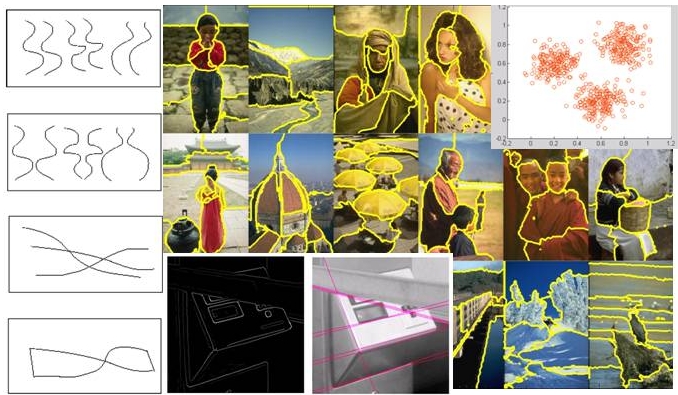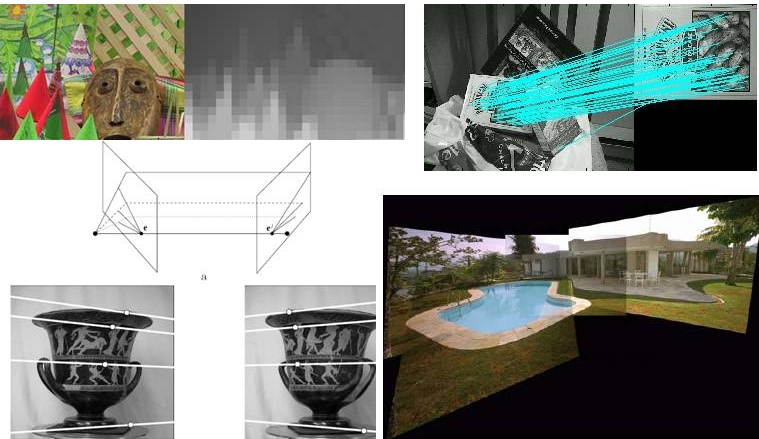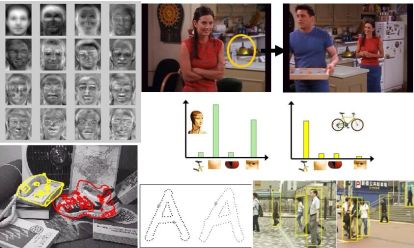Course requirements
UTCS account setup
Basic Matlab tutorial
Running Matlab at UT
See optional Latex info

slides handout
slides ppt
Seam carving paper
Seam carving video
slides handout
slides ppt
A1 out
See optional Latex info
slides handout
slides ppt
Texture Synthesis
Texture synthesis by non-parametric sampling, Efros & Leung
Video textures
Style transfer for video
slides handout
slides ppt
Motion magnification
slides handout
slides ppt

slides handout
slides ppt
Predicting Sufficient Annotation Strength for Interactive Segmentation, Jain and Grauman, ICCV 2013 [web]
Click Carving: Segmenting Objects in Video with Point Clicks, Jain and Grauman, HCOMP 2016 [videos]
Multi-Scale Combinatorial Grouping, Arbelaez et al. CVPR 2014
Guest lecture: Suyog Jain
slides handout
slides ppt
slides handout
slides ppt
slides handout
slides ppt
slides handout
slides ppt

slides handout
slides ppt
slides handout
slides ppt
RANSAC song
slides handout
slides ppt
HP frames video 1
HP frames video 2
slides handout
slides ppt
1 sheet of notes is allowed
slides handout
slides ppt
11 am faculty candidate talk in vision: Carl Vondrick, MIT, GDC auditorium
Audio camera
slides handout
slides ppt
Middlebury stereo database
DeepStereo, Flynn et al.
video
Object labeling in RGB-D videos, Lai et al.
slides handout
slides ppt

Szeliski 14.3
Video Google demo by Sivic et al., paper
David Lowe's SIFT and Generalized Hough approach (Lowe, IJCV 2004)
11 am faculty candidate talk in vision: Phillip Isola, UC Berkeley, GDC auditorium
slides handout
slides ppt
part 2
slides handout
slides ppt
Intro to categories
slides handout
slides ppt
Face detection
slides handout
slides ppt
Dalal-Triggs pedestrian detection paper
Hays-Efros im2gps paper
slides handout
slides ppt
slides handout
slides ppt
Lazebnik et al. Spatial pyramids paper
slides handout
slides ppt
Krizhevsky et al. Imagenet classification with deep convolutional neural networks paper
Clarifai demo
slides handout
slides ppt
Visual recognition with humans in the loop
Fine-grained visual comparisons with local learning
UT Zappos 50K Dataset
WhittleSearch project
Visipedia project
Merlin bird app
slides handout
slides ppt
A5 leaderboard